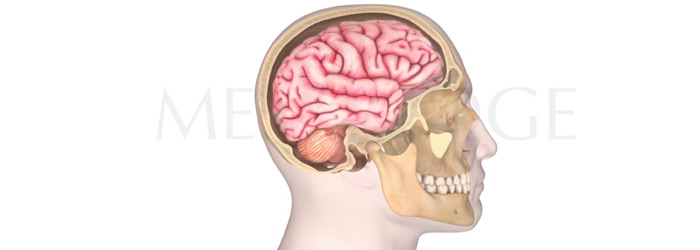Concussion and Eye Abnormalities

Most clinicians are aware that concussions can cause many symptoms, including headaches, cognitive dysfunction, and balance impairment. Beyond that, children and adults can also have visual involvement after a concussion.
Concussion and Eye Movements
Common complaints, such as difficulty reading, often reflect problems in the visual or vestibular system. Reading is actually a series of saccadic eye movements, and evaluating eye movement control after a concussion is an important role for physical therapists.
Patients with eye movement impairment are often highly symptomatic and, therefore, they are often referred to physical therapy. Visual and vestibular analysis is essential in the evaluation of the person post-concussion and can shape the intervention plan.
Vestibular Ocular Motor Screening
A new visual and vestibular test was recently developed by Dr. Mucha and her colleagues at the University of Pittsburgh Medical Center. The Vestibular Ocular Motor Screening (VOMS) was designed to help you to identify a person with a concussion by observing symptoms and findings associated with specific eye and head movements.
In addition to discriminating between concussed and non-concussed persons, the test provides a framework for identifying patients who may require visual and vestibular exercises as part of their rehabilitation program.
The VOMS takes 5-10 minutes to perform, is easy to learn, and may help you as you further develop your skills in working with children and adults with concussion.


